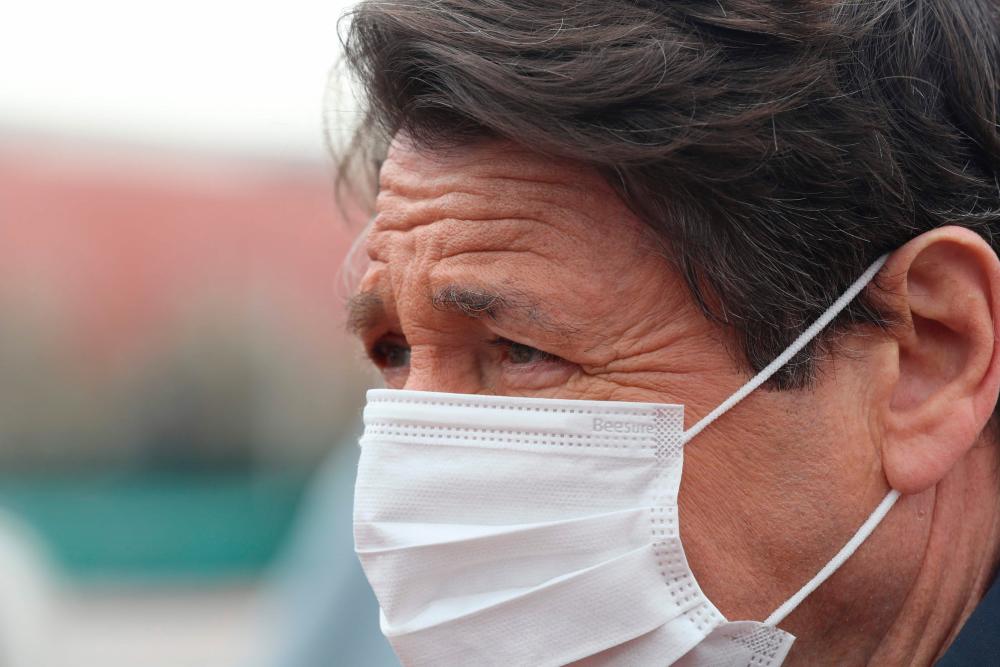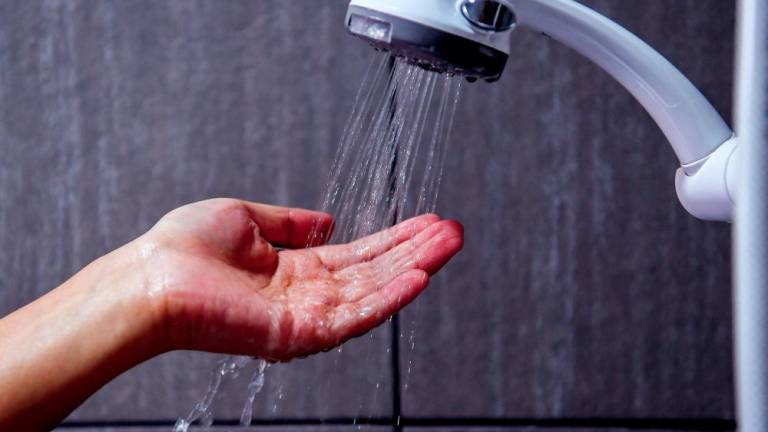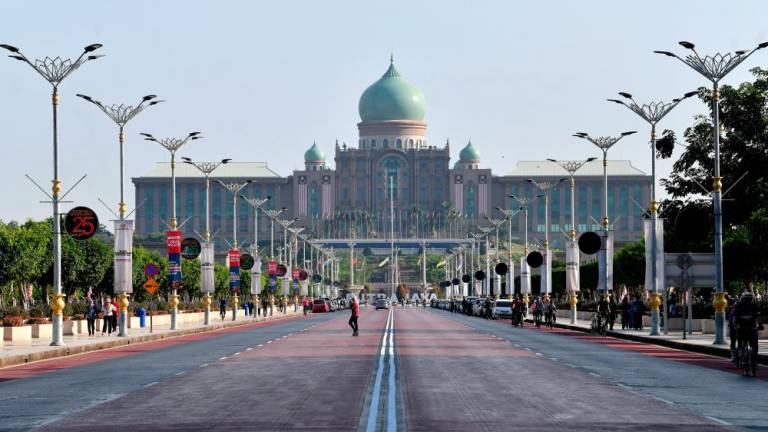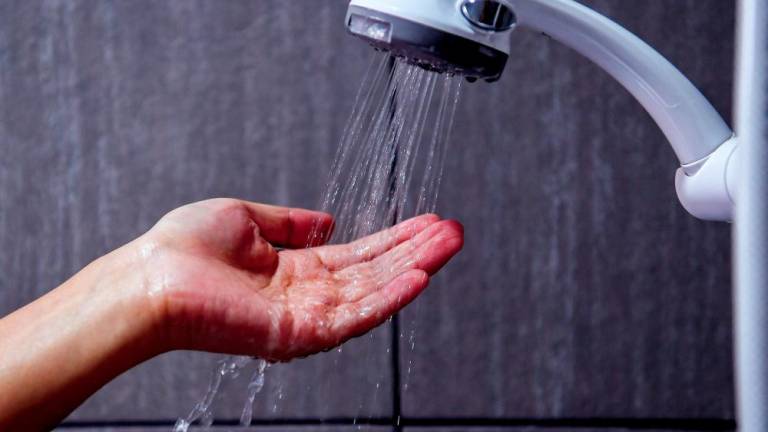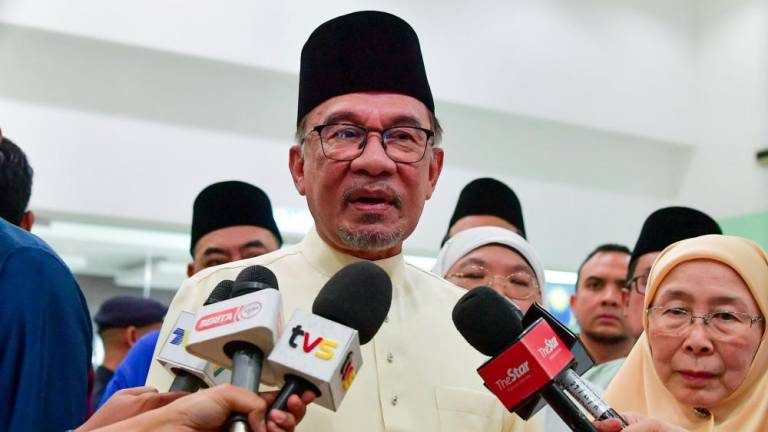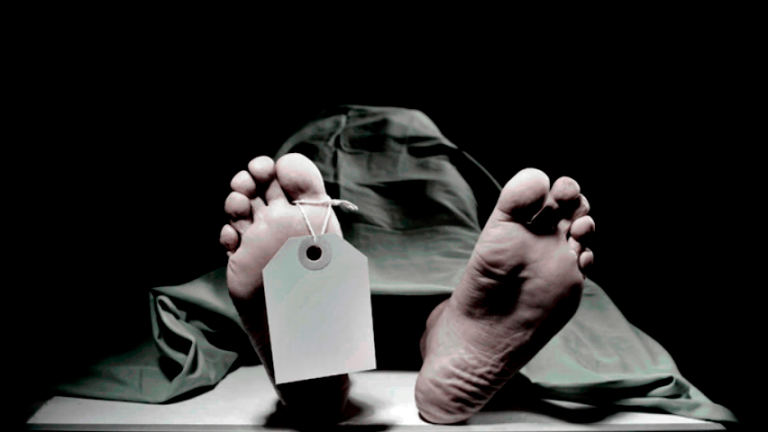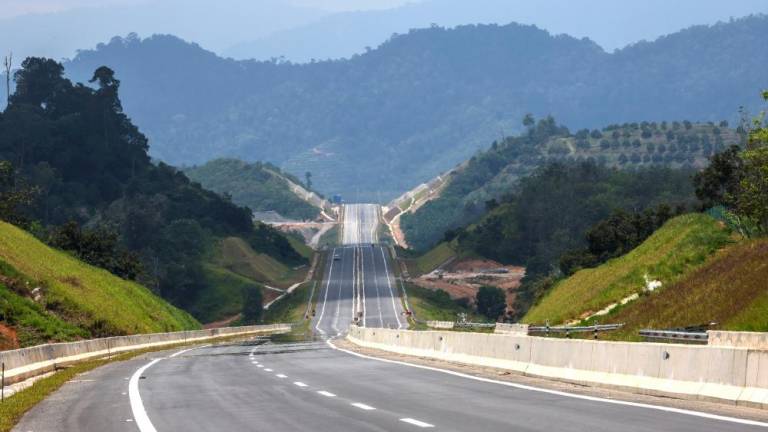WE are a textile technologies scientist and public health physician, writing in response to the global shortage of personal protective equipment (PPEs).
A global spike in demand for protective gowns and face masks has caused alarm and exposed health professionals to hazards. Social media shows how some doctors or nurses have resorted to makeshift PPEs.
Malaysia does not have much domestic PPE manufacturing, Indeed, most countries depend on China, the factory of the world, for such PPE. The announcement that Malaysia has a stock of more than 30 million pieces of PPE is reassuring, and we hope that stronger crisis procurement efforts will increase our stockpile.
Malaysia’s domestic manufacturing capacity can be re-deployed to make certain types of PPEs, such as surgical masks. This could be a last-resort solution if the Chinese manufacturing machine shuts down again, or if Malaysia cannot buy in the global markets due to our weaker purchasing power.
We provide the example of surgical masks, because Malaysia’s factories can produce lightweight woven fabric made of 100% cotton or cotton blends, which can be repurposed to making face masks. There are several steps.
Firstly, some textile and fabric factories in Malaysia can be retooled to make the necessary finished product. The raw material is usually cotton, which Malaysia imports from countries like the United States, India and Brazil. If Malaysia runs out of cotton or cotton is unavailable in the global markets, we have Malaysian researchers who can extract cellulose from native plants like kenaf and pineapples. This cellulose can be substitutes for cotton.
Secondly, the finished material must be woven fabric, which is more stable and stronger than non-woven fabrics. Malaysian factories can engineer the “fabric openness” to reach medical specifications. Think of the “thread count” of bedsheets and pillowcases, and you get an idea of the flexibility of Malaysian textile and fabric factories.
Thirdly, to improve the filtration capacity, woven fabrics must have at least three or more layers consisting of balanced Twill 4/1 for its inside layer, constructed fabrics for the middle layer, and wax- or nano-coated outer layer for surface and fluid resistance. Malaysian factories are capable of such specifications.
Fourthly, these finished material can then be hand-sewn into masks by tailors and seamstresses working from home. This has an added advantage of providing employment during the movement restriction order period, as well as mobilising all members of society to support the national effort. Even untrained citizens can be trained via online videos, because the aesthetics of the finished surgical mask is not important during a crisis.
Fifthly, these “alternative surgical masks” are considered last resort worst-case scenario options. Priority must be given to imports and manufacturing from approved factories that meet Malaysia’s Sirim-Department of Occupational Safety & Health requirements for PPEs. We must always balance the safety and availability of PPEs.
In a worst-case scenario, “first-choice” PPEs can be given to front-liners exposed to multiple patients in an eight-hour shift. “Second-choice PPEs” can be used by the average citizen with lower risk of being infected during a 30-minute once-a-week trip to the supermarket. During crises, a risk-based prioritisation is crucial to manage limited resources.
We write this letter as an example of the inter-disciplinary collaboration needed to fight Covid-19. We hope that this crisis will be managed with adequate use of PPEs. However, Malaysia may need to re-purpose some parts of our economy and productive capacity to support this outbreak. We can win, if all of science and all of society come together.
Associate Professor Dr Mohamad Faizul Yahya (textile technologies scientist, UiTM)
Dr Khor Swee Kheng (physician & public health specialist)




